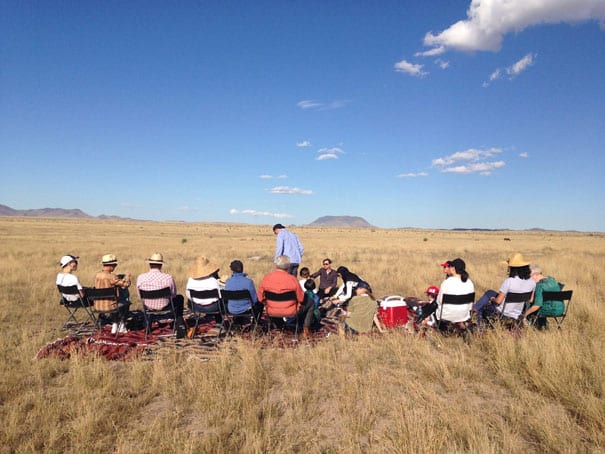Few will have failed to notice that public debate is increasingly being driven by issues around environmental and societal transitions. The foundations for the cities of tomorrow are being built on the campuses of today. Young people are now tackling these issues and showing their commitment to imagining a territory that will be resilient in all of its dimensions.
Hands and minds work together to analyze, understand, and design new utopias and ways of imagining the world. For several years now, the institutes of higher learning on Île de Nantes have been striving in this direction. Nantes Université (École nationale supérieure d’architecture de Nantes, École des beaux-arts Nantes Saint-Nazaire), École de design Nantes Atlantique, Pôle des Arts Graphiques (Grafipolis, Joliverie), Mediacampus-Audencia SciencesCom, and Écoles créatives (ESMA – CinéCréatis) are setting up shop in a single district, where students can dream big.
The summer itinerary
Every summer, the itinerary will take on a new colour, once again revealing the secrets of this “Creative Campus”. Le Voyage à Nantes opens the doors to these unique buildings, which are usually closed to the public, and joins forces with these institutions to reveal the invisible, behind-the-scenes spaces of creation, the stages of project production, and the initial phases of technological prowess. Along the green line, this district’s remarkable architecture invites visitors to walk through galleries, agoras, and workshops to imagine the first steps of bold projects by the creators of today and tomorrow.

Nantes is transforming
Nantes is changing to become an even more ecological, inclusive, and dynamic city. To do this, new public works will reinforce our already existing ecofriendly modes of transport: new tram lines, green zones for pedestrians and cyclists, and more. From 2024, these major urban projects will disrupt traffic around Les Machines de l’Île and Parc des Chantiers, with the Pont Anne-de-Bretagne bridge closed off to cars (the bridge will remain accessible to pedestrians and cyclists). Solutions will be offered throughout construction to make it easier for everyone to get around, like: increased frequency of several public transport lines, more Naolib bike-share bicycles, and more parking spots in park-and-ride lots.
For further information